
Millions of homes across Australia will be able to get their national broadband network connection upgraded to offer speeds of up to one gigabit-per-second under a plan announced by the federal government on Tuesday. Here’s what we know so far.
My internet is terrible, can I get an upgrade?
It’s hard to say exactly. The government has not released details of which areas they will be upgrading but have said that by 2023, six million more homes will be able to get faster speeds.
If you are one of the 3.5m homes on a slower fibre-to-the-node or fibre-to-the-curb connection, you may be in line for an upgrade.
But because the fibre extension is a demand driven upgrade, only those who can afford to pay for a higher speed connection will be able to request an upgrade.
Coalition to announce $3.5bn NBN upgrade to roll out fibre ‘deeper and closer to homes’
Read more
Another 2.5m homes on the cable network will also be in line for an upgrade.
People will likely be able to get connected mid to late 2021, and NBN has forecast around 900,000 homes will be upgraded by 2024.
How much will it cost me?
At the moment it is unclear. NBN Co said the upgrades are demand driven, but people who want higher speeds will not need to agree to being locked into a contract on a higher speed for a set amount of time.
But there’s no point in upgrading if you don’t want faster speeds.
The 1Gbps plans don’t come cheap, at around $149 per month, depending on the retail internet provider.
I’m on fixed wireless – will my connection be upgraded?
The majority of the upgrades are limited to those who are already in the fixed line footprint – that is not those on satellite or fixed wireless – who don’t already have fibre lines right to their premises.
If you live in a fixed wireless or satellite area, you may get an upgrade if the local council partners with NBN to offer an alternative connection.
How will it work?
NBN Co will upgrade the poor performing parts of its fixed line network – mainly the fibre-to-the-node and fibre-to-the-cabinet – to allow download speeds of at least get 100 megabits-per-second, and allow households to upgrade to full fibre at their own expense should they wish even higher speeds.
NBN will do this by extending fibre lines from the nodes from the end of a street to cover the entire street. This will allow a customer to upgrade to a higher speed plan, which NBN will fulfil by then extending the last bit of fibre from the street to the home.
For the physical cable network, NBN is going to pay for upgrades to allow people on those connections to get up to 1Gbps.
How much will it cost taxpayers?
Open thread: more Australians than ever are working from home, is the NBN holding up?
Read more
In total $4.5bn is being spent, of which $3.5bn will be spent on upgrades to fibre-to-the-node, fibre-to-the-cabinet and cable connections. A total of $700m will be spent on business upgrades and $300m will be spent to get state and local governments to co-invest on upgrades for people in their areas, particularly those who have satellite or wireless and might want to upgrade to some form of fibre.
Does this mean taxpayers are paying more for the NBN?
The government has invested around $51bn in the NBN, which NBN is required to pay back through its revenue. There is some speculation that much of this debt will need to be written off if NBN Co is ever able to be profitable. On top of that, NBN went to market and secured $6.1bn in private debt.
It is out of this $6.1bn that the upgrades are being funded. NBN will be required to pay this back in addition to the money being paid back to government over the coming decades.
Why are they upgrading now?
NBN Co has largely completed the construction of the network, and is now moving into the business-as-usual phase, which will mean the company is just connecting new premises as they are built and doing maintenance on existing connections.
Having met the government policy specifications, NBN now needs to look at ways to secure revenue into the future in order to pay off the debt.
Communications minister Paul Fletcher said on Wednesday part of the reason why it was being done now was because of the “demand of broadband caused by Covid”, meaning everyone working from home had shown higher speeds were needed.
“Together with other factors, such as the growing proportion of customers ordering higher speed plans, and with the customer response we’ve seen to the launch earlier this year of home super fast and home ultra fast services within a more limited part of the footprint at the moment, all of those reasons give us confidence in customer demand,” he said.
But by his own measurements, demand was increasing prior to Covid-19, with average monthly downloads 25 times what they were a decade ago, from 10GB per month up to 258GB per month in December 2019.
Isn’t this just the original NBN planned by Labor?
NBN should consider buying fibre networks from Telstra, Labor says
Read more
Largely, yes, just delayed by many years. The original $49bn Labor model – abandoned in 2013 – would have seen 91% of premises with full fibre by 2021. The current government has argued, using figures and forecasts disputed by Labor and those in the industry, that if it had continued after the 2013 election under the existing trajectory then it would take many more years and cost a lot more.
Labor’s approach was always built on the idea of future-proofing internet infrastructure by rolling out fibre once, and preparing Australia for a digital economy – now proven prescient given the Covid-19 crisis.
In 2013, then shadow communications minister Malcolm Turnbull argued that the network could be upgraded quickly by 2016, which didn’t happen, and cheaper, which also didn’t happen.
The reason for the policy change, then opposition leader Tony Abbott argued in 2013, was that people didn’t need higher speeds, and the Liberal party was “absolutely confident that 25 megs is going to be enough, more than enough, for the average household”.
After the election, the Coalition government halted the fibre roll-out, and pivoted to using the existing copper and cable networks. The same networks they are now upgrading again.



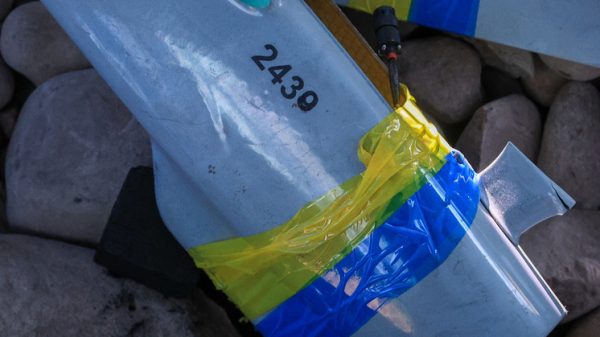
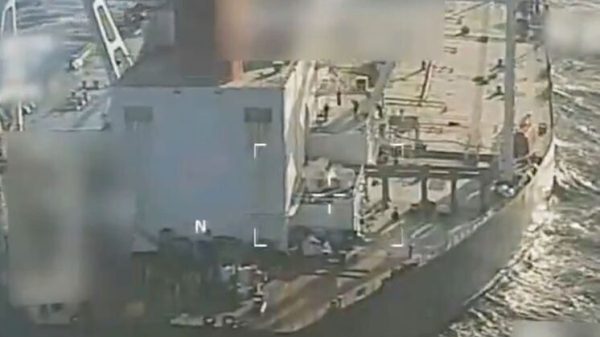




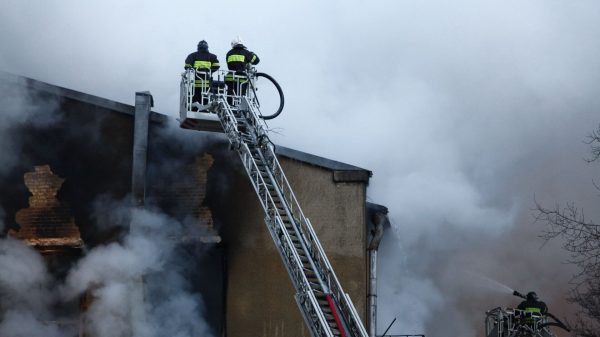
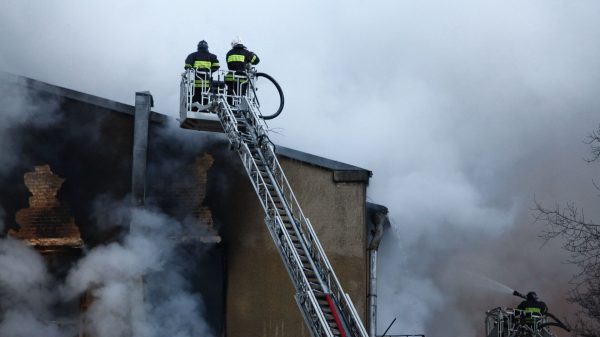

















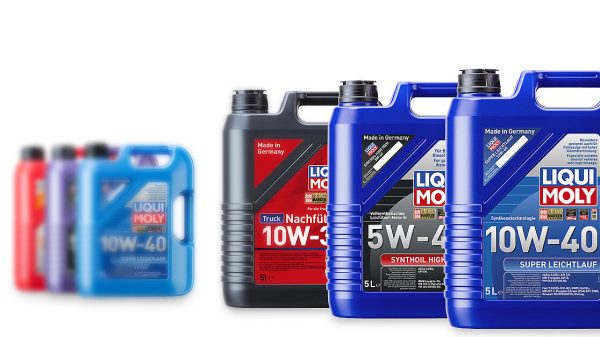

























Свежие комментарии